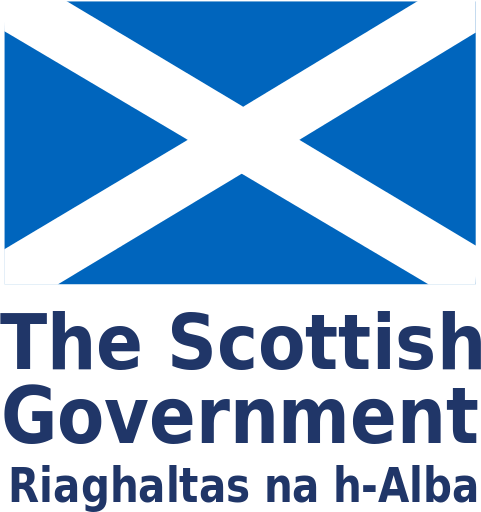Evidence of stroke risk
Smoking is a significant public health issue in Scotland and a leading cause of preventable ill health, premature death and disability (Public Health Scotland (PHS) and people who smoke are twice as likely to suffer a stroke compared to non smokers (NHS Greater Glasgow & Clyde).
Smoking:
- Has an overall increased risk of stroke compared with non smokers and former smokers (Pan et al 2019)
- With increased cigarette consumption the risk of stroke is increased by 12% for each increment of 5 cigarettes per day (Pan et al 2019)
- If you smoke 20 cigarettes a day you are 6 times more likely to have a stroke compared
to a non smoker (CHSS 2019) - The risk associated is present at all ages, in both sexes and among different racial/ethnic groups
- Passive smoking increases stroke risk by 45% (Pan et al 2019)
- Smoking rates are still highest in the most deprived areas, with 35% of people living in the most deprived areas of Scotland smoking compared to 10% in the least deprived areas (PHS)
- Smoking also carries the risk of developing other conditions such as cancer and respiratory (lung) disease
- Smoking cessation and avoidance of second-hand/passive smoking are important strategies in the prevention of stroke and stroke recurrence (Stroke Association 2017)
Relationship to stroke risk
Carbon monoxide, a poisonous gas found in tobacco smoke, makes it easier for cholesterol to pass through into blood vessels & cause a fatty build up; which can lead to increased risk of heart disease and stroke.
Smoking:
- Increases the risk of high blood pressure – a major risk factor to stroke (Stroke Association 2017)
- Makes the smooth lining of blood vessels rough which encourages the build-up of atheroma, the fatty material that narrows and blocks vessels
- Increases the amount of fibrinogen in the blood and makes blood stickier, increasing the chance of blood clots forming which cause strokes
Page last reviewed: 14 Oct 2021


